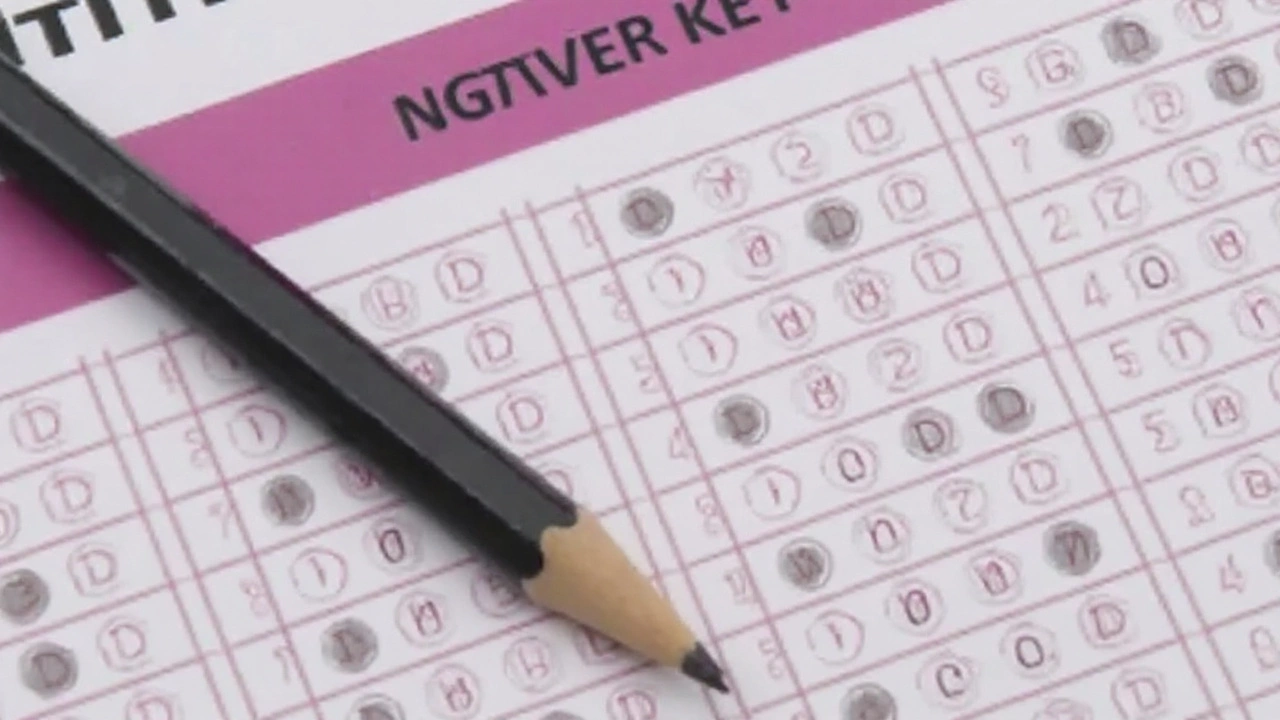Phase 1 Results: Quick Guide to Understanding and Acting On Them
Got your Phase 1 results and wondering what to do next? You’re not alone. Most people get a sheet of numbers and feel a mix of excitement and confusion. The good news is that you don’t need a PhD to read those results. In the next few minutes, I’ll break down the key parts, show you how to spot the real story behind the numbers, and give you a simple action plan.
Reading the Numbers – What to Look For First
Start with the headline figure. Is it a total score, a percentage, or a rank? That number tells you whether you met the basic requirement. If it’s a pass/fail line, check which side you’re on. Next, glance at the sub‑sections. Most Phase 1 reports split performance into categories – for example, “knowledge,” “speed,” and “accuracy.” Identify the sections where you scored high and the ones that lag behind.
Don’t get stuck on one low point. Look for patterns. If you’re consistently lower in “speed” across all topics, that’s a signal you need practice under timed conditions. If the dip is isolated to a single topic, it might just be a one‑off mistake.
Another useful metric is the comparison to the average or median. Many reports show a “your score vs. average” bar. If you’re close to the average, you’re in the right ballpark. If you’re far above, great – you can leverage that strength. If you’re far below, it’s a cue to prioritize that area.
Next Steps After Phase 1 – Turning Data into Action
Now that you know where you stand, set one or two concrete goals. Pick the weak spots that will have the biggest impact on the next phase. For example, if “accuracy” is low, schedule short daily drills focused on precision rather than length.
Pick resources that match the format of the next phase. If Phase 2 introduces new question types, practice those specifically. Use mock tests that mimic the timing and layout you’ll face – they’re the best way to build confidence.
Track progress in a simple spreadsheet. Write down the date, the score for each section, and a quick note on what you changed that week. Seeing numbers move upward, even a few points, keeps motivation high.
Finally, don’t ignore the mental side. Stress can flatten scores, especially in timed tasks. Spend a few minutes each day on breathing exercises or short walks. A calm mind reads faster and makes fewer careless errors.
In short, Phase 1 results are a roadmap, not a verdict. Focus on the headline, dig into the sections, compare to averages, and then choose two specific improvements. Stick to a routine, track your numbers, and stay relaxed. When Phase 2 rolls around, you’ll walk in with a clear plan and the confidence to tackle it head‑on.

IB ACIO Answer Key 2025 Released – How to Download and Check Your Score
The Ministry of Home Affairs has posted the IB ACIO answer key for the Phase 1 exam held on Sept 16‑18, 2025. Candidates can download the key and their response sheets from mha.gov.in, calculate scores using the +1/-0.25 marking scheme, and raise objections if needed. The recruitment covers 3,717 Grade‑2 posts, with interviews next.
read more